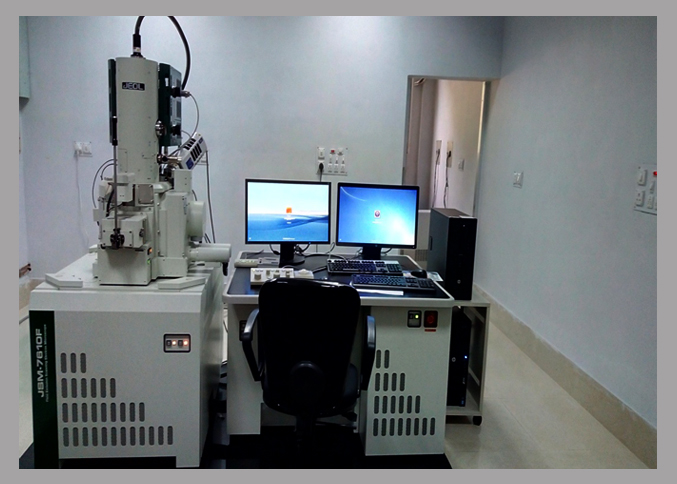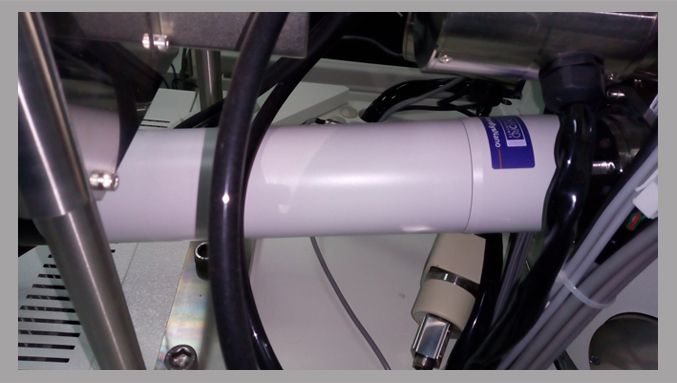
JEOL JSM-7610F FEG-SEM
(Metallurgy and Materials Engineering)
(Metallurgy and Materials Engineering)

Overview
With semi-in-lens detectors and an in-the-lens Schottky field emission gun – to deliver high resolution with wide range of probe currents for all applications The JSM-7600F offers true high magnification with 1nm resolution and stability, making it possible to observe the fine surface morphology of nanostructures.
The JSM-7610F integrates a full set of detectors for secondary electrons, EDS, EBSD, It is a has applications in nanotechnology, material science, biology, compositional and structural analysis.
Key Features :
- High resolution.
- High probe current for various analytical purposes (EDS, EBSD).
- Gentle Beam mode for top-surface imaging, reduced beam damage and charge suppression
- Eco design for energy conservation.
- crosshead speed 0.5-500mm/min
Other attached facilities :
Energy Dispersive Spectroscopy (EDS).
.jpg)
X-Max
- The X-MaxN is a SDD detector resolution and low energy detectability is independent of sensor size because of its external FET design.
- High resolution performance on all sensor sizes
- Excellent low energy analysis, including Be detection on all sensor sizes
- Productive count rates at low beam currents
- No need to change imaging conditions for X-ray analysis
- Significantly higher count rates at the same beam current
- Shorter acquisition times
- Better statistical confidence
- Practical analysis with small beam diameters
- Maximising spatial resolution
- Getting the best out of your high resolution SEM
EBSD Oxford Nordlys - Electron Back Scatter Diffraction

The AZtec EBSD system combines the speed and sensitivity of the world's fastest and most sensitive EBSD detector, Symmetry, with the superior analytical performance of AZtecHKL software to create a powerful and versatile tool for
Electron Backscatter Diffraction (EBSD) and Transmission Kikuchi Diffraction (TKD) analysis.
It identifies :
- Crystal orientation
- Grain size
- Global and local texture
- Recrystallise/deformed fractions
- Strain analysis
- Grain boundary characterisation
- Phase identification, distribution and transformations
